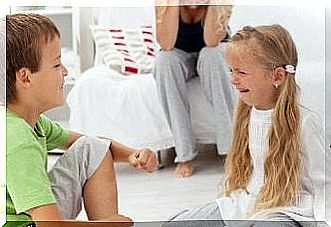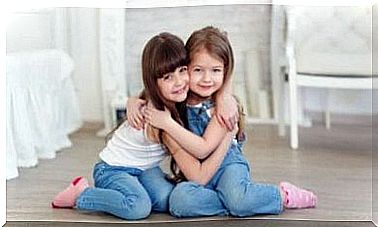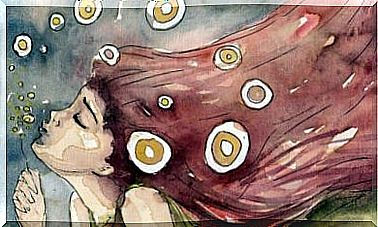Hypothermia In Children And Babies: How To Act?

Hypothermia is a decrease in body temperature below normal limits, that is, below 35 degrees. From that margin, the compensatory mechanisms for regulating body temperature begin to fail. It is usually a consequence of prolonged exposure to cold temperatures without adequate protection. Do you know what to do in case of hypothermia in children and babies?
Hypothermia in Children and Infants: What You Should Know
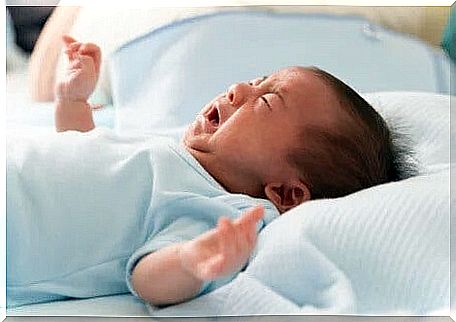
Temperature loss mechanisms
- By radiation: difference in temperature gradient between the organism and its surroundings.
- By conduction: by contact with surfaces with different temperatures, in this case, cold or lower temperatures.
- Evaporation: consequence of the release of temperature by the conversion of a bodily fluid into vapor or gas. For example: increased sweating, rapid breathing, etc.
Causes of hypothermia
Hypothermia can occur in any population group and at any season of the year. Babies and young children are most likely because their bodies are evolving and the mechanisms for regulating temperature are not fully developed.
The most common causes of hypothermia in children and infants are as follows:
- Inadequate baby protection at low temperatures.
- Allow the baby or child to wear wet clothes for a long time in cold environments or in the presence of strong wind.
- In some cases, when children have a fever, parents try to lower the temperature by exposing them to very cold temperatures (eg cold compresses, low temperature water baths, fans, etc.). This can lead to thermal shock due to a sudden change in temperature.
hypothermia symptoms
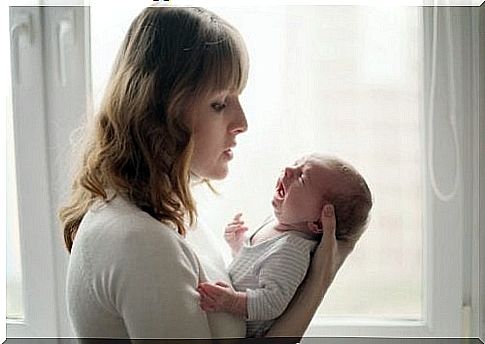
Hypothermia in children and babies can be the result of inadequate protection at low temperatures. It is important to be aware of any symptoms.
- There are no reflections.
- Breathing and pulse decrease.
- Children and babies do not usually shiver or report shivering.
- The skin becomes cool, there may be a change in color (pallor) or, in the case of many babies, it may remain pink.
- In the case of babies, because they are not able to express the feeling of cold, we must pay special attention to skin temperature, changes in behavior, lack of appetite, etc.
How to act in case of hypothermia in babies?
It is vitally important to contact a doctor at any sign of hypothermia in an infant. If immediate attention is not possible at the moment, the general recommendations are as follows:
- Gradually increase the heat in the room: move the baby to a warm room and remove wet clothes, if any.
- Cover and protect your baby’s head with a bonnet or blanket and hug him to your chest to keep him warm with body heat.
It is very important not to apply a direct heat source to bare skin. Therefore, do not use hot water bottles or compresses unless there is a cloth between them to prevent burns.
It is advisable to check the child’s vital signs from time to time, even after the hypothermia has stabilized. But if you lose consciousness, check your breathing. If he is breathing, place him in the recovery position (side), but if he is not, mouth to mouth and perform a cardiac massage while waiting for necessary medical attention.

How to act in case of hypothermia in children?
Depending on the severity of the situation, you may or may not need to call emergency services. Assess the symptoms and if you don’t see serious signs of hypothermia, follow the steps we’ll explain below:
- Give the child a warm bath until you notice that their skin color returns to normal. Then help her out and dry her quickly.
- Dress her in warm clothes, take her to a warm room, and wrap her in lots of blankets. As with babies, it is important to provide their own body heat and protect their head with a hat, as well as their hands and feet.
- Do not leave her alone at any time if symptoms worsen.
- Offer hot liquids and energy foods, as directed by the pediatrician.
In general, by applying these techniques, the body temperature will return to normal in a relatively short period of time. Finally, if this is not the case and you find the symptoms worsen, immediately take the child to the emergency department or call an ambulance.


